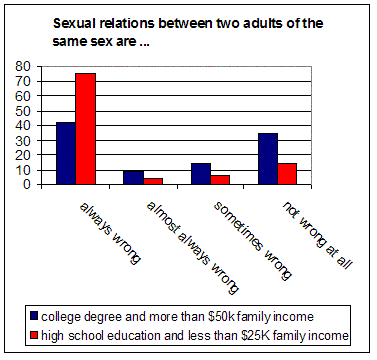Excellent education in history and civics is necessary to achieve the reading goals of No Child Left Behind (NCLB). That was a theme in today’s discussions of the Campaign for the Civic Mission of Schools, which I chaired. The argument goes like this:
1. You can prepare kids to achieve “basic” levels on the fourth grade reading assessment by teaching them skills such as phonics and decoding. But you cannot get them past “basic” at fourth grade, or to any level of competence at the eighth and twelfth grade, without giving them lots of good texts to read and comprehend. They need experience in comprehension. And they need a store of knowledge derived from reading–in other words, some form of “cultural literacy.”
2. Therefore, achieving the reading goals of NCLB requires high-quality instruction in such fields as literature, natural science, history, social science, and current events. Indeed, it requires high-quality instruction in all of those areas, because a narrow curriculum will generate readers with narrow competence.
People who like NCLB should agree with this argument, but so should people who think that NCLB is too much of an unfunded mandate or that it puts too much emphasis on high-stakes tests. These critics also want students to read.
Philosophically, one might argue that teaching civics in order to enhance reading skills is putting the cart before the horse. Public schools were founded with a civic mission, and teaching history and social studies requires no justification other than a civic one. I suppose I agree with this, but I’m a practical person who just happens to hold a philosophy Ph.D. I see an enormous practical opportunity here for people who are concerned about the future of our democracy.
Policymakers want kids to read. They measure reading with the NAEP reading assessment (which I believe to be a good instrument). Students will score at “proficient” levels on the NAEP only if they learn to comprehend historical and social texts. So we’d better invest time and effort in teaching history and social studies. As a crucial side-effect, we will produce more capable political and civic agents for the future.
 I
I